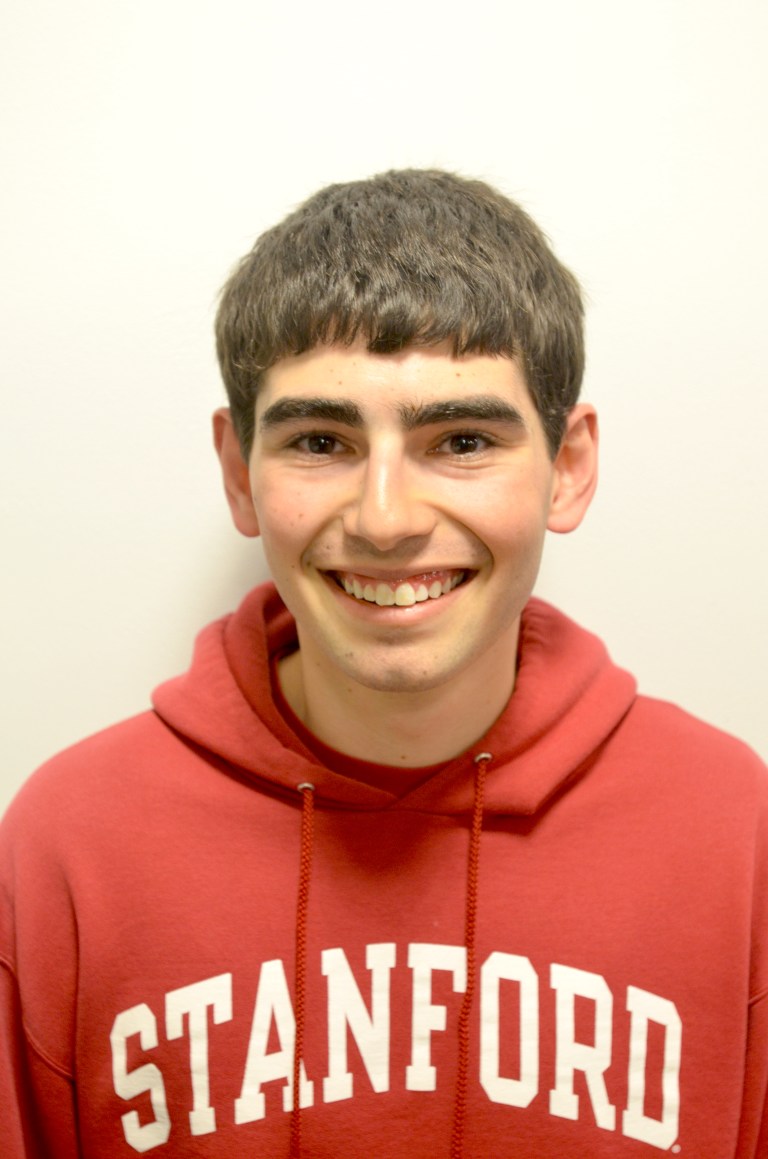Carry That Weight. SAE. The bridge protest. Brock Turner. Joe Lonsdale. Cedro RAs. Divestment. CAPS. FERPA. CS 106A cheating. Med school poisoning. SOCC endorsements. Swastikas. The Band. SAE again. Stanford softball.
That may read like a verse from “We Didn’t Start the Fire,” but that was 2014-15 at Stanford. And it’s only a shortlist.
Some of these events were just plain bad. But many were polarizing, either among students or between students and administrators. Whether you attribute this to activists coming out of the woodworks, administrators clamping down or student publications (old and new) stepping up, you have to agree that this year at Stanford was different.
As a result, discussions have sprung up during spring quarter about how we address the issues that have led to our increasingly divisive campus climate. We’ve heard arguments for listening and for violent resistance, for anonymity and against it.
After a year spent observing each of these events, first as The Daily’s executive editor and then as its editor in chief, I believe that what we really need is more thought.
I came to this conclusion as the result of professor Mark Applebaum’s legendary class “Rock, Sex, and Rebellion.” All quarter long, as we traced the history of rock music through incredibly diverse subgenres — from the blues to punk, from the British Invasion to hip hop — we were expected to identify what qualities, musical and cultural, each genre was “trading on.” A song was never “good” or “bad” because it came from a genre we didn’t enjoy; it was “good” or “bad” because of whether it succeeded in achieving its genre’s goals.
Last Wednesday, on my final day of classes (ever), Applebaum explained his reasoning for this. He wanted us to be able to appreciate music that we didn’t necessarily enjoy. He said that a person who loved country music but hated heavy metal should be able to understand the underlying values and preferences that motivated a person who loved metal but hated country, even if they didn’t share those values and preferences. More broadly, he argued, that’s how the world should work — that’s how we can solve the global problems we’re facing.
And that, to me, is the mindset the Stanford community needs to adopt. Every issue or incident on campus this year was complex, and these things became polarizing when we failed to appreciate the nuances of conflicting views.
Students, you have a decision to make. You can draw caricatures of administrators after an unpopular Title IX decision, or you can work with those administrators on a University task force that takes a major step toward sexual assault policy reform. You can bash someone on Yik Yak because you don’t believe their feelings of discrimination are justified, or you can take the time to talk to a member of that person’s community and understand his or her sensibilities. You can dismiss the claims of a retaliation victim as overly sensitive, or you can consider the implications for our community if reporting is discouraged.
Administrators, you have a decision too. I’m typically the last person to play the transparency card, and unlike some past editors in chief, I’ve found University officials responsive and interested in updating campus when something happens. But at the same time, encouraging a widespread and informed understanding of campus issues is a two-way street. For example, administrators confirmed that CAPS was understaffed, but the University would not provide CAPS’ budget to The Daily; even though we knew that it was a subunit of a subunit of Student Affairs, we were left to guess how much of Student Affairs’ $64.3 million went to mental health services. And while recent University statements on the Band and SAE concisely described the incidents that led to each group being sanctioned, no further details about these investigations’ findings were made public, fostering the fear among students of an overall administrative inquisition.
When it’s not bound by privacy laws, Stanford needs to be more willing to share ugly information. Yes, that means sacrificing its external image in the name of better informing internal conversations. But since even this difficult year on campus was fatal to neither the applicant pool (see: a record 81.1 percent yield rate) nor the donor pool (see: a $128 million projected surplus for 2016), haven’t we proved that Stanford’s public perception can afford to take a few knocks?
Lastly, The Daily has a decision. We can make the excuse that we’re busy Stanford students and just go through the motions, or we can put in whatever time it takes to uncover the tangled — but necessary — truth. More and more often, we’re choosing the latter; my successor, Ashley Westhem, is making investigative journalism her top priority for the fall.
A few years ago, I remember Ed Ngai (a fellow senior and former Daily editor in chief himself) telling me about some residential issue that students were upset about. He was appalled when I told him that I saw college as a place to take a break from such complicated details of adult life; while you’re busy taking 20 units and applying for 10 internships, you can just have the dining hall cook for you, assume the WiFi’s going to work and let someone else write the rules.
Looking back, I’m appalled that I felt that way too, and I wonder if that type of mindset is why the Stanford community didn’t productively address some of the complex issues and incidents it faced this year.
We need to put our world-class minds to work, not do what’s easy. We need to understand, not jump to conclusions. We need to compromise, not judge.
Thanks for reading,
Joseph Beyda
President and editor in chief, Volume CCXLVII
